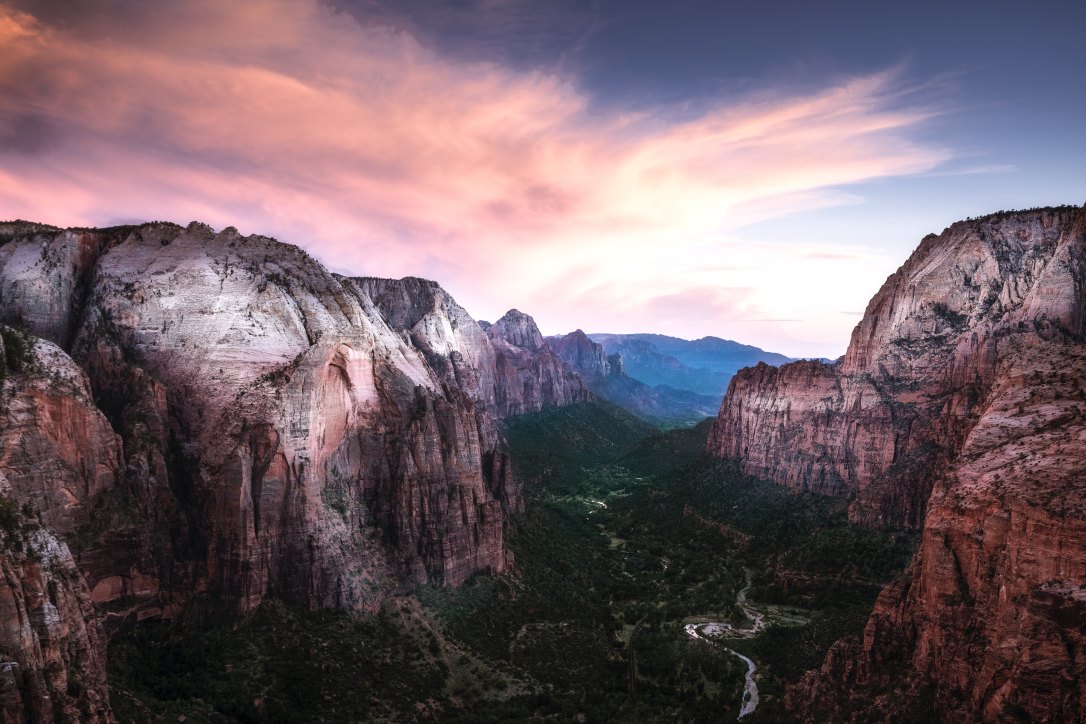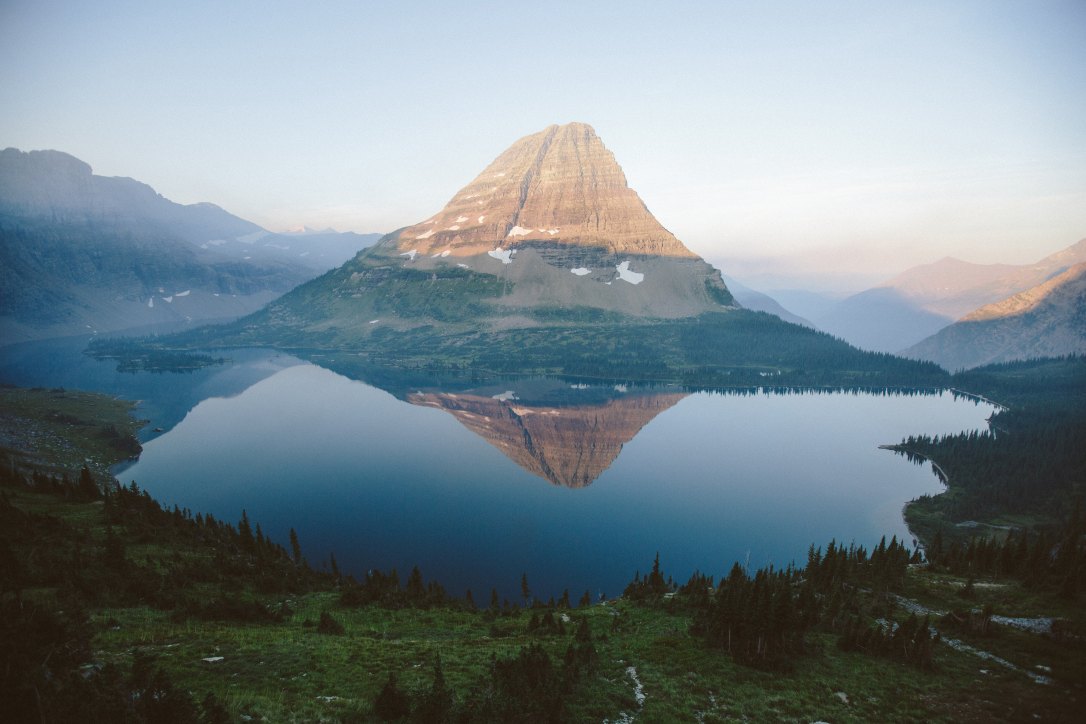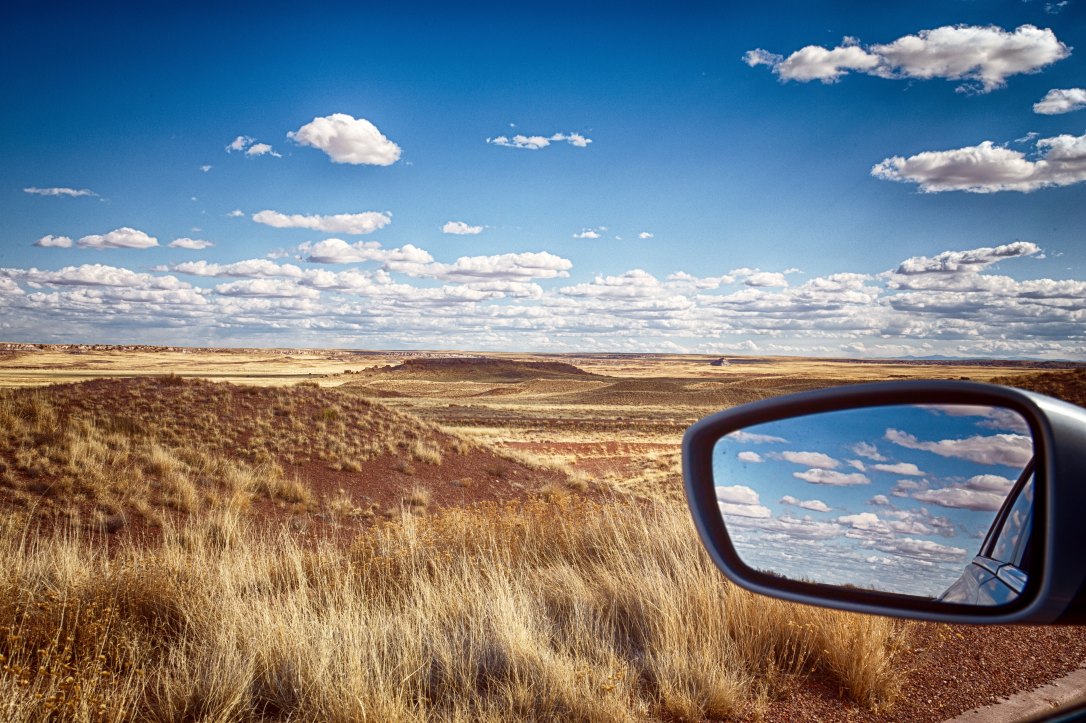It’s springtime and finally acting like it in the tristate area. Spring is always an exciting time of year for students like myself—nicer weather allows us to spend some much needed time outside and also gives us a hint of the upcoming summer fun we plan to have.
Speaking of outside time, a recent Science Advances study shows that households near protected areas that have access to them often have improved health and wellbeing compared to households that do not have this type of amenity. Protected areas include national parks and wilderness preserves.
The study looked at 60,000 households in 34 developing countries and found that households near protected areas had 17 percent higher levels of wealth and a 16 percent lower potential of poverty. Kids under the age of 5 who lived in these households were also 10 percent taller than their peers who lived away from protected areas.
America is covered in beautiful wildlife, with about 14 percent of its total land area being preserved, according to WorldAtlas. This makes up about one tenth of the world’s protected land area. Now that warm temperatures, sunshine and chirping birds are starting to make their way back into the weather, it may be a good time to seriously consider some outdoor exploration.
While many have heard of the more famous U.S. protected areas like Yellowstone National Park or the Grand Canyon National Park, there are many more parks that are equally beautiful. Here are five national parks to put on your radar:
Dry Tortugas National Park, Florida Keys

This picturesque escape is composed of seven small islands almost 70 miles west of Key West. Located on Garden Key is the historic Fort Jefferson, one of America’s largest 19th century forts. The islands are known for their crystal clear water and abundant marine life (and shipwrecks!) that provide an ideal trip of snorkeling, swimming and boating. Keep in mind the islands are only accessible by boat or seaplane.
More info here.
Zion National Park, Utah

Utah’s first national park is known for its steep red cliffs that lead to forested trails along the Virgin River. Hikes of varied difficulties lead to the three-tiered glistening Emerald Pools and sparkling waterfalls. Enjoyed activities such as rock climbing, bicycling, kayaking and canyoneering—an activity that involves traveling through canyons using multiple techniques, such as climbing, jumping, swimming and more.
More info here.
Glacier National Park, Montana

See beautiful snow-topped peaks and green valleys left behind by melted glaciers. The expansive wilderness area has 700 miles of hiking trails and houses part of the Going-to-the-Sun Road, a scenic roadway in the Rocky Mountains. Try out your skillset with a myriad of activities such as cross-country skiing, fishing, boating and backpacking.
More info here.
Petrified Forest National Park, Arizona

You may have heard of the Painted Desert, but what many don’t realize the Petrified Forest lies within the colorful hues that made the area famous. The park has so much more to offer than the striking petrified wood, though. Visit Puerco Pueblo, the archaeological site of a 600 year old village, Newspaper Rock, a collage of more than 650 rock carvings left by the Puebloan people who lived there between 650 and 2,000 years ago, and the Agate House, a partially reconstructed Puebloan house made almost entirely of petrified wood.
More info here.
Wind Cave National Park, South Dakota

Below the rolling prairie grasslands where bison, elk and other wildlife can be spotted lies Wind Cave. One of the most complex caves in the world, it is home to intriguing and unique formations like boxwork, an uncommon mineral structure that is found in few other places.
More info here.
If making it to a state park is a bit out of reach, I suggest heading to a local park or garden. It’s amazing what a bit of wilderness can do!


Interesting statistic, but not surprising. Even in the dark ages of the twentieth century conventional wisdom told us that outdoor activities were good for us!
LikeLiked by 1 person
Beauiful writing, Sara, and all important sights to see.
Gran
LikeLiked by 1 person